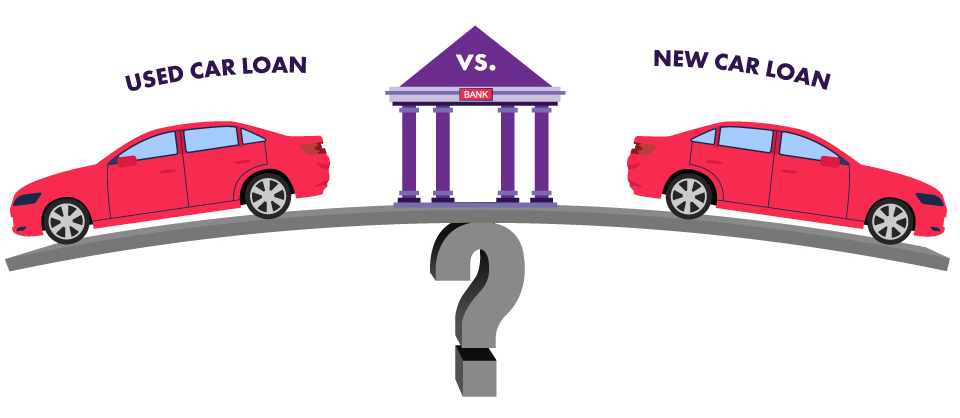
Understanding Auto Loans
An auto loan is a type of installment loan specifically designed for purchasing vehicles. Borrowers receive a lump sum from a lender, which is used to buy the car. In return, the borrower agrees to repay the loan amount plus interest over a predetermined period, typically ranging from three to seven years. The vehicle itself serves as collateral for the loan, meaning the lender can repossess the car if the borrower defaults on payments.
Key Terms to Know
- Principal: The amount of money borrowed.
- Interest Rate: The cost of borrowing money, usually expressed as an annual percentage rate (APR).
- Term: The length of time over which the loan is repaid.
- Monthly Payment: The amount paid each month to the lender, consisting of both principal and interest.
- Down Payment: An upfront payment made by the borrower, reducing the loan amount.
Financing New Cars
Financing a new car typically offers some advantages, such as lower interest rates and access to manufacturer incentives. However, new cars also come with higher price tags and can depreciate quickly.
Pros of Financing a New Car
- Lower Interest Rates: Lenders often offer lower rates for new car loans because the collateral is brand new, posing less risk.
- Manufacturer Incentives: Car manufacturers sometimes offer promotional financing rates, rebates, or discounts on new cars.
- Warranty Coverage: New cars come with warranties that can reduce repair costs during the initial years of ownership.
Cons of Financing a New Car
- Higher Cost: New cars are more expensive than used ones, leading to higher loan amounts and potentially higher monthly payments.
- Depreciation: New cars depreciate faster, meaning they lose value quickly, which can result in owing more than the car’s value (negative equity).
Financing Used Cars
Used cars are generally more affordable, and the slower rate of depreciation can be a financial advantage. However, interest rates on used car loans tend to be higher.
Pros of Financing a Used Car
- Lower Purchase Price: Used cars are less expensive, which can result in lower loan amounts and monthly payments.
- Slower Depreciation: Used cars depreciate more slowly than new cars, helping maintain equity.
- Variety: A wide range of used cars are available, providing more options within different budgets.
Cons of Financing a Used Car
- Higher Interest Rates: Lenders charge higher rates for used car loans due to the increased risk associated with older vehicles.
- Potential Maintenance Costs: Older cars might require more frequent repairs, which can add to the overall cost of ownership.
- Limited Warranty: Used cars may not come with a warranty, or the existing warranty may be limited.
Tips for Securing an Auto Loan
- Check Your Credit Score: A higher credit score can qualify you for lower interest rates. Obtain your credit report and address any discrepancies before applying for a loan.
- Compare Lenders: Shop around for the best loan terms by comparing offers from banks, credit unions, and online lenders.
- Consider the Total Cost: Look beyond the monthly payment and consider the total cost of the loan, including interest and fees.
- Negotiate Terms: Don’t hesitate to negotiate the loan terms and the car price. Dealers and lenders may be willing to offer better terms to secure your business.
- Understand the Contract: Read the loan agreement thoroughly and ensure you understand all the terms and conditions before signing.
Conclusion
Auto loans are an essential tool for many car buyers, making it possible to afford a new or used vehicle. By understanding the pros and cons of financing both new and used cars, and by taking strategic steps to secure the best loan terms, buyers can make financially sound decisions that suit their needs and budget. Whether opting for the latest model or a reliable used car, the right financing can pave the way to a smoother, more manageable car ownership experience.








